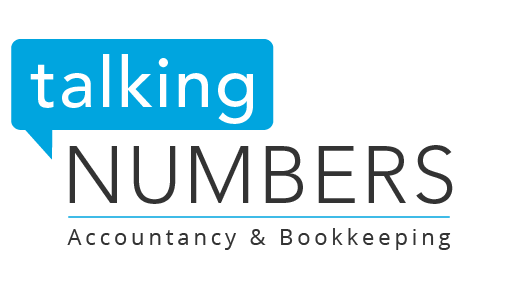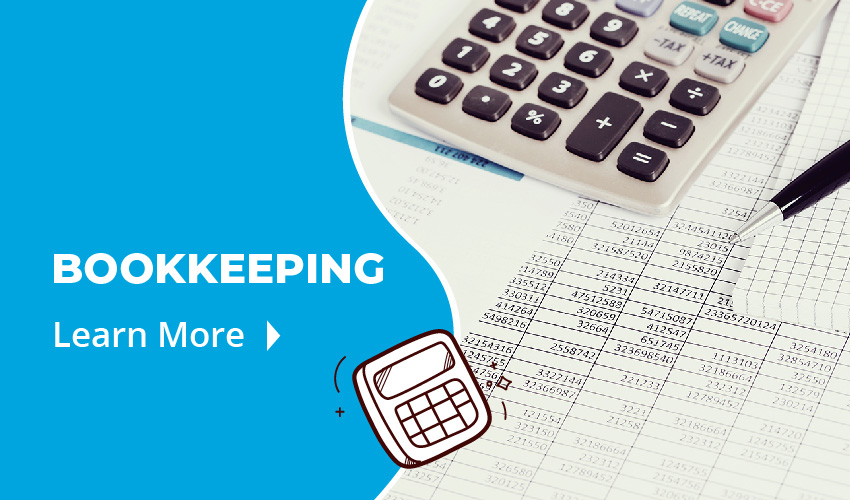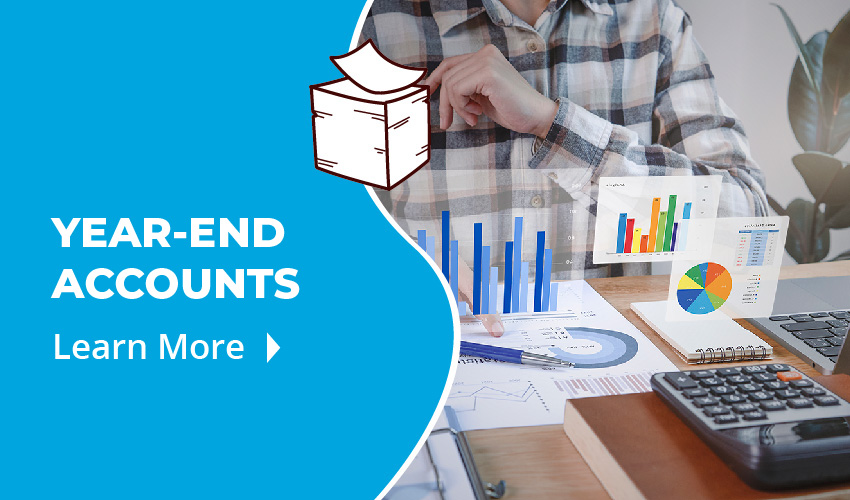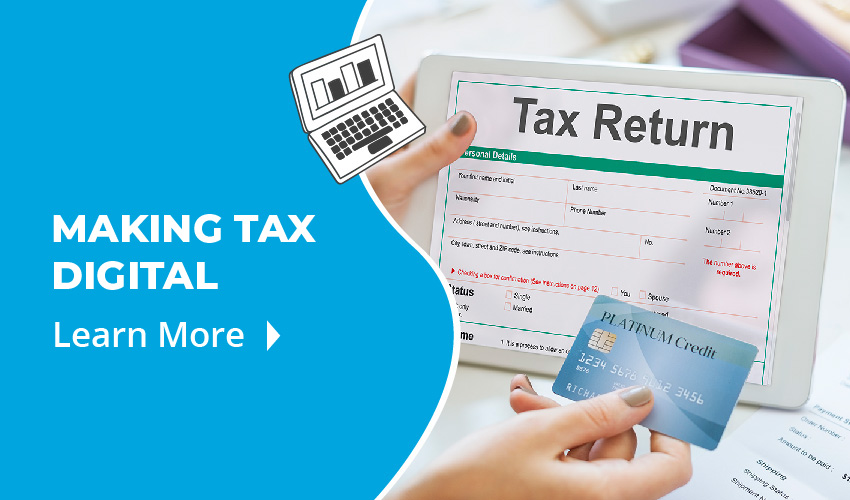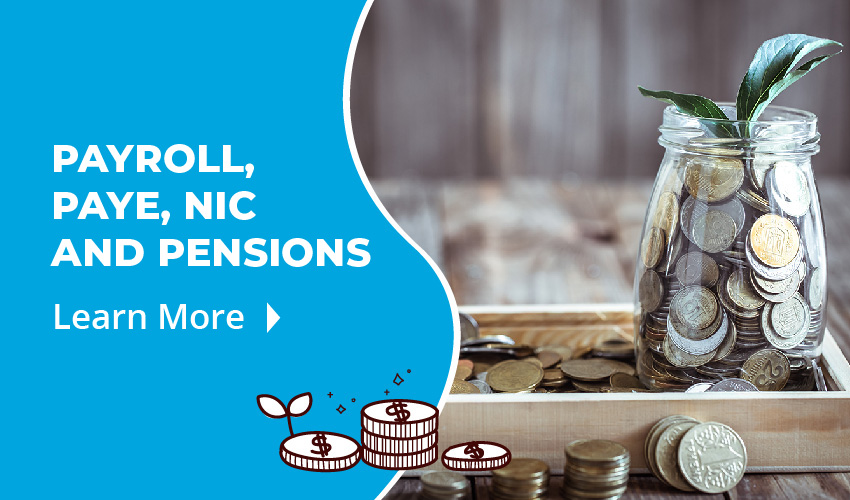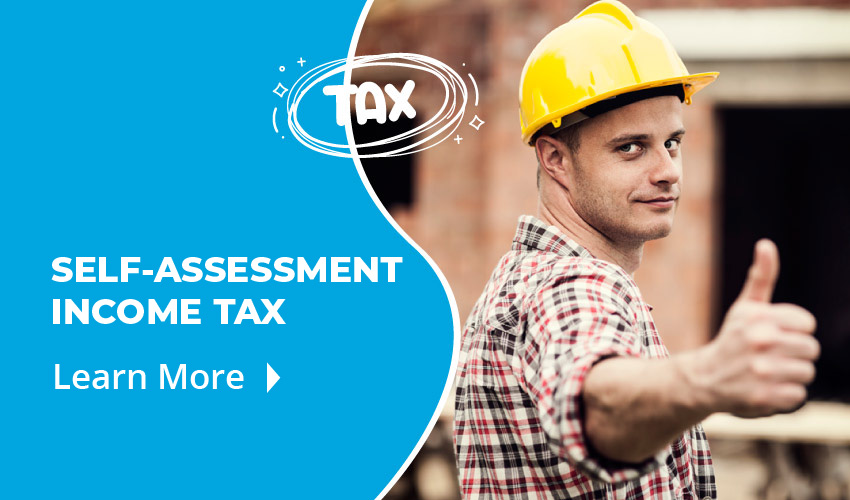On Thursday, Finance Secretary John Swinney set out the details of the Scottish Government’s tax and spending plans for the upcoming financial year 2023/24. This follows the UK Government’s Autumn Statement, where the UK Government Chancellor Jeremy Hunt announced the freezing of income tax rates and bands for the rest of the UK.
This comes amid the cost of living crisis, where inflation – the amount by which prices rise on average each year – was most recently measured at 10.7% in the 12 months to November 2022.
Some of the measures set out on Thursday were as follows:
Income Tax
The higher rate of tax will increase from 41% to 42%, and the top rate will increase from 46% to 47% from April 2023. The threshold for the top rate will decrease from £150,000 to £125,140.
Income tax is partly devolved to the Scottish Government. The personal allowance – the amount that a person can earn in a year before paying tax – is set by Westminster and remains at £12,750.
Mr Swinney announced a cut to the top rate threshold, from £150,000 to £125,140, meaning that higher earners will pay significantly more tax in 2023/24. This is the same as what was announced by the UK Chancellor in October.
There are currently six income tax bands in Scotland, meaning that those earning under around £25,000 typically pay slightly less in Scotland that if they were to live in England, Wales or Northern Ireland.
The starter rate (19%), Scottish basic rate (20%) and the intermediate rate (21%) will remain the same for the year 2023/24, meaning that those earning under £43,662 will pay the same amount of income tax in 2023/24 as they did in 2022/23.
The higher and top rates will be increased to 42% and 47% respectively, which means that a taxpayer earning £50,000 will pay around £63 more income tax in the year 2023/24 than they will this year. A person earning £150,000 will pay £2,432 more.
The income tax rates and bands are summarised below:
| Band | Rate | |
| Tax-free Personal Allowance | £0 to £12,570 | Tax-free |
| Starter | £12,571 – £14,732 | 19% |
| Basic | £14,733 – £25,688 | 20% |
| Intermediate | £25,689 – £43,662 | 21% |
| Higher | £43,663 – £125,140 | 42% (increased from 41%) |
| Top | £125,141 and above | 47% (increased from 46%) |
Land and Buildings Transaction Tax (LBTT)
The ADS rate will rise from 4% to 6% on 16 December 2022.
LBTT replaced the UK-wide stamp duty on 1 April 2015 and is paid by purchasers of residential and commercial properties.
The rates are set by the Scottish Government, and Mr Swinney announced an increase on the Additional Dwelling Supplement (ADS) from 4% to 6%. This supplement is paid on top of LBTT by someone purchasing additional properties, for example buy-to-let landlords.
The rate increase will mean that a landlord purchasing a second property to let out will pay £2,000 more in LBTT than before the increase.
This will apply from 16 December 2022.
The other rates of LBTT will remain unchanged.
Non-Domestic Rates
The poundage rate will be frozen at 49.8p and transitional relief will be introduced.
Non-Domestic Rates (or Business Rates) are paid by businesses to local councils. The amount payable is calculated by multiplying the rateable value of the property– which is set locally by valuation boards – and multiplying this by the poundage rate – which is set by the Scottish Government.
Mr Swinney announced that the poundage rate will remain at 49.8p. Local assessors have issued valuation notices to commercial properties which will result in increases or decreases to valuations coming into effect from April 2023. This could lead to a large increase in business rates due and so the Finance Secretary announced that transitional relief will be brought in to ease the shock of a large increase. An intermediate rate (51.1p) is paid by businesses with rateable values of between £51,001 and £95,000, and the higher property rate of (52.4p) is paid on properties with a rateable value of more than £95,000. The threshold for the higher rate will be increased from £95,000 to £100,000.
+ + +
Talking Numbers Accountancy and Bookkeeping can help you to understand what this means for you. Tax doesn’t need to be taxing – we can help you understand your numbers and ensure that you are taking advantage of all available reliefs and allowances. Get in touch today for a free, no-obligation consultation.
